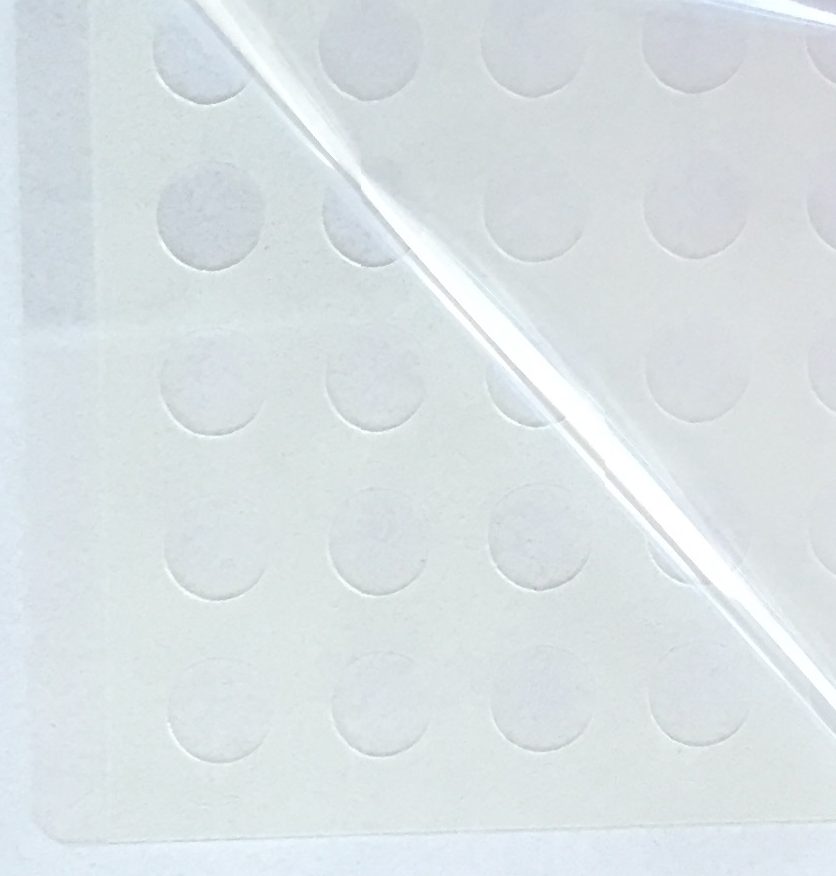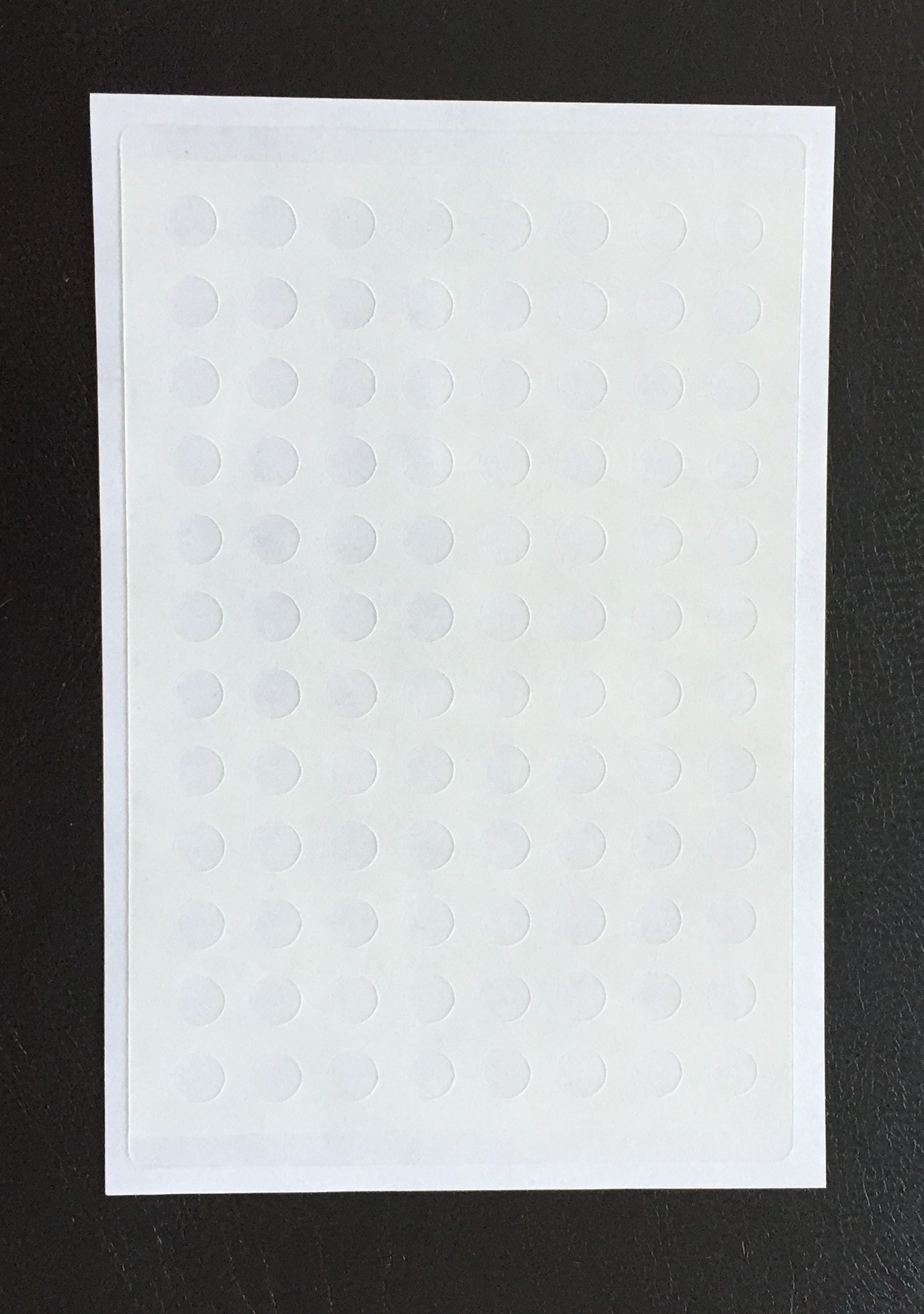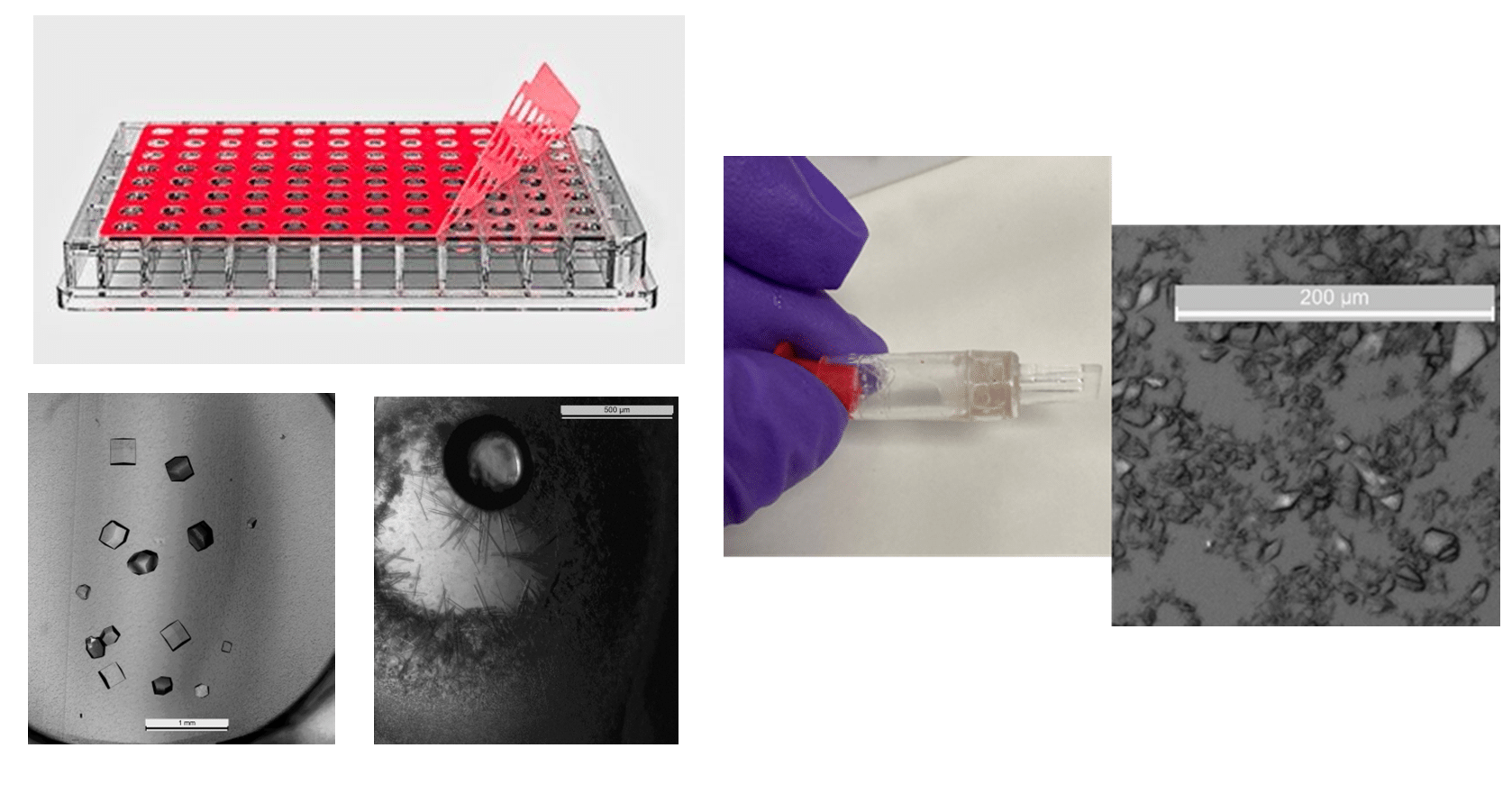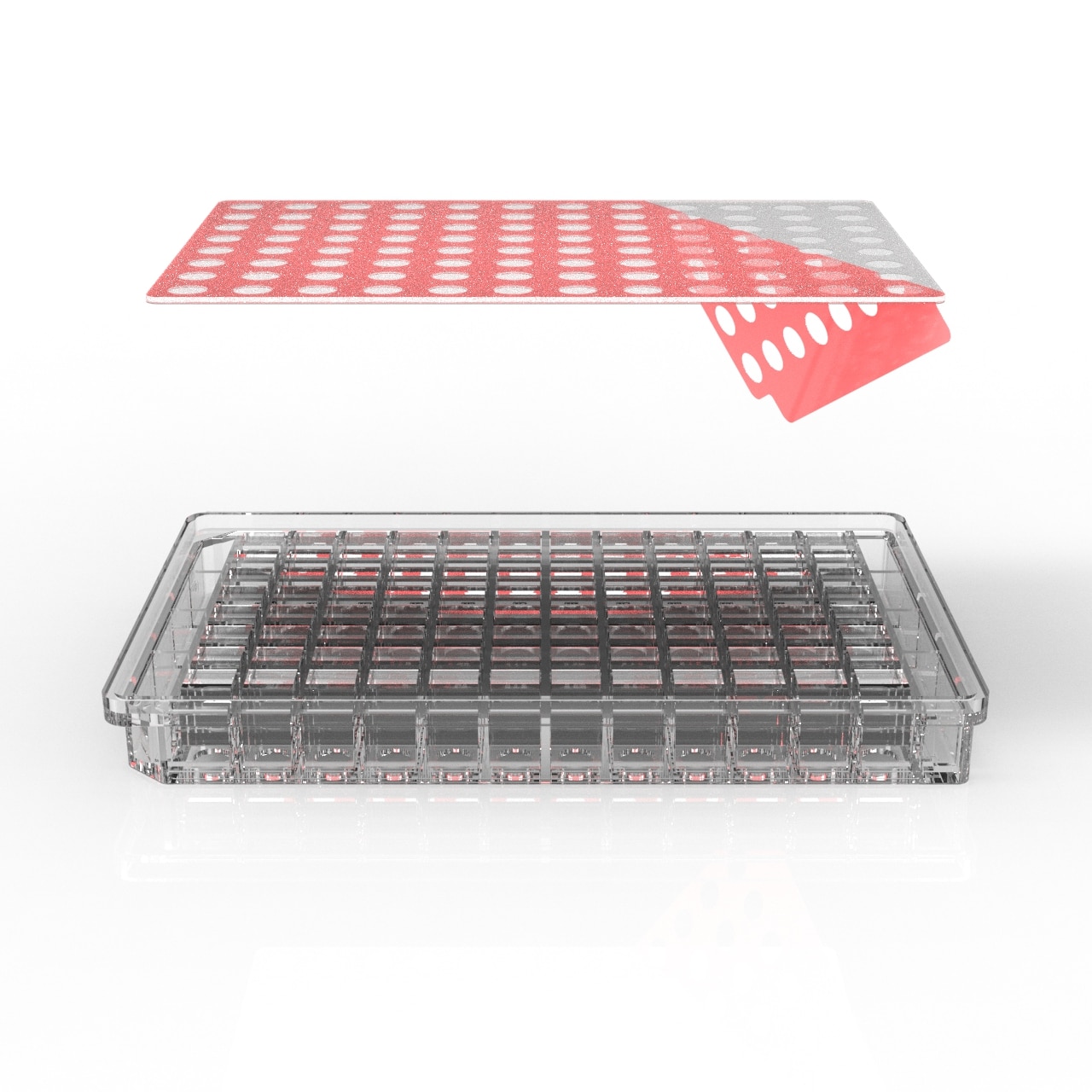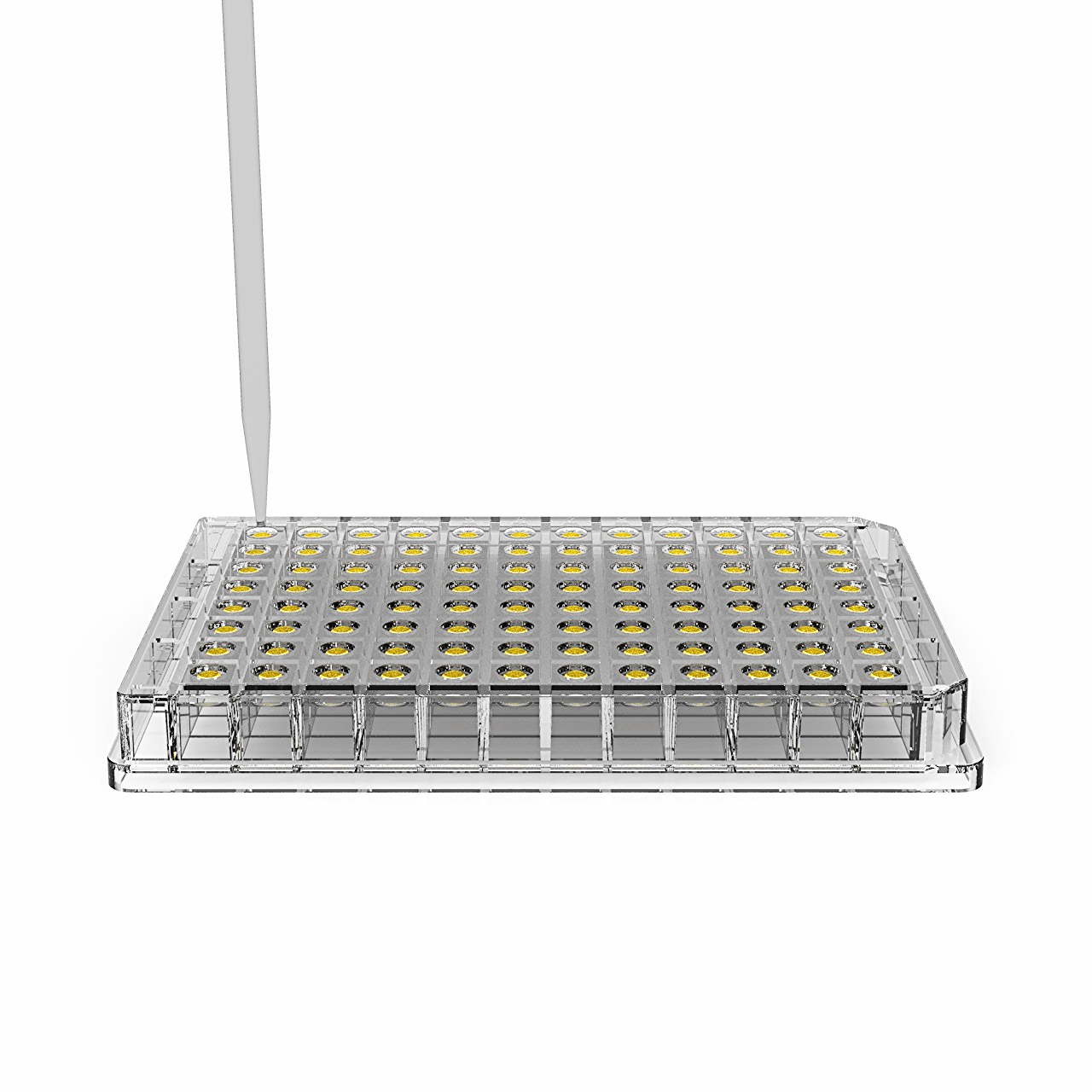SWISSCI in collaboration with Dr Isabel Moraes, a Principal Research Scientist from NPL, have recently completed a successful M4R project to explore dialysis as an alternative method to established high throughput protein crystallography methodologies.
Using the Diaplate™, a SWISSCI manufactured 96 well high throughput dialysis plate, the NPL science team were able to demonstrate dialysis as a reliable high-throughput method for macro-molecular crystallisation by successfully crystallising 4 different proteins, including 2 membrane proteins.
The membrane proteins crystallised four-fold faster than using any other technique and produced high quality crystals. This data suggests that high-throughput dialysis may have some distinct advantages over other methods and is very simple to employ.
Tristan Kwan of NPL, who performed many of the experiments commented
“Accelerated crystal growth was among some interesting findings and a very welcome surprise. We will employ the technique to expand on the range of crystallisation methods we use in the lab”.
For all the proteins tested, the team were able to grow a high density of microcrystals in certain conditions. Furthermore, the yield of crystals was able to be increased by scaling up the experiment using a higher volume, standalone, SWISSCI manufactured dialysis device, the Diacon™.
